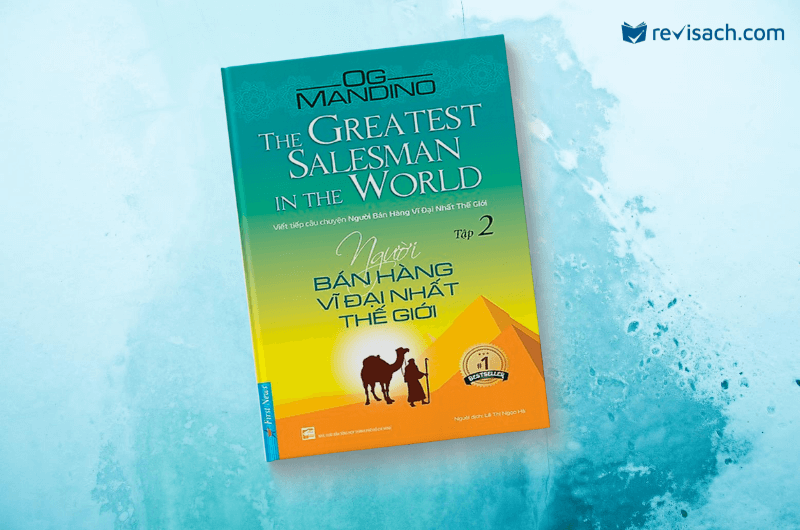So you can make sure your book looks professional across every format of the Kindle app—including Kindle, Android, and iPhone/iPad—before you publish your book.
The Difference Between ePub and MOBI/AZW3
But why does Amazon use its own file format? What’s the difference between ePub and MOBI/AZW3?
For one thing, Amazon owns the MOBI/AZW3 format. No other retailer’s system can read it.
Amazon was also among the first to apply digital rights management (DRM), which helps protect Author copyright.
Finally, Amazon likes to add unique Kindle features like X-Ray, Text-to-speech, and Whispersync, which is why it’s so important to convert your epub properly to the native Kindle format.
Although the Amazon Kindle publishing system (KDP) does let you upload an epub directly to the system, I strongly recommend using the Kindle Previewer tool first.
The previewer will:
- run the conversion process
- flag any issues that would kick your ebook out of Amazon
- allow you to preview the ebook across all Kindle apps and devices
What About PDF?
You might have seen other posts that talk about epub vs mobi vs pdf.
We do not recommend pdf for ebooks.
Adobe’s portable document format (pdf) was developed specifically for printing.
Print books are formatted for the specific size of the physical book that the reader will hold in their hands.
Everything is designed to that fixed layout, from the font size of the text to the position of the graphics to the specific indentation of every heading and subheading.
From a design standpoint, ebooks are the exact opposite of print books.
Ebooks use reflowable text, allowing readers to view your book on any screen size, with any font size, against a dark or light background.
This is the primary challenge of ebook publishing.
It’s also why pdf format is the best format for printing and the worst format for ebooks.
Pdf files are designed for a fixed medium. The epub format was designed specifically for the reflowable text of ebooks.
How to Check Your Amazon Formatting
If you’re familiar with Amazon’s KDP system, you’ll know it offers the option of uploading an epub file and downloading a converted file so you can view that file on your own Kindle device.
While that can be worth doing, it’s not enough to view your book on one device.
Readers don’t all read the same way. Your ebook needs to look professional across all smartphones, iPads, Android tablets, and Kindle devices. That’s what Kindle’s Previewer app was designed for.
It will also tell you whether your epub is properly formatted for some of Amazon’s proprietary options like Enhanced Typesetting. The KDP converted file won’t do that.
Step 1. Create Your ePub File
Creating an epub file is a lot easier than formatting a print book, but it’s not trivial.
If you don’t know how to turn your manuscript into an epub file, start with my post on book formatting.
Step 2. Download Kindle Previewer
The Kindle Previewer is free, with versions for both Windows and Mac/Apple.
Scroll past the 3 big pictures and look for the orange download buttons. Click the one next to your own computer system to download the installer file.
Step 3. Install the Previewer
Find the downloaded file and double-click it to install the previewer. The file will guide you through the installation process.
Step 4. Run the Previewer / Convert ePub
Once it’s installed, go ahead and start the app.
Drag and drop your ebook into the app, or choose “Open Book.” The previewer will let you know that it’s preparing your book for conversion and then enhancing it and optimizing the images.
This can take more than a few seconds, so be patient with the process.
Step 5. Fix Any Issues
If the previewer fails to convert your book, that’s an issue that would prevent your book from being published on Amazon.
Address any issues it finds, and then run the previewer again. Repeat steps 4 and 5 until the book loads properly.
Step 6. Review Your Book’s Formatting
Scan Every Page
The system lets you scan through all your pages quickly and easily. If you notice something you want to view more closely, click that page to bring it up in the page viewer.
Check Different Font Sizes
The previewer lets you switch between font sizes through the “Size” dropdown box.
This is especially important if you’re using custom drop caps or any other special font formatting. Make sure your chapters, especially the headers, look good at every font size.
Check the Table of Contents
The previewer provides the table of contents along the bottom left side of the app. Click every link to make sure it goes to the right place, and scan the chapter headers to make sure they’re all correct and nothing’s missing.
Check Your Book Across All Devices
In the top-left dropdown box, the previewer lets you choose the device type:
- Tablet
- Phone
- Kindle E-reader
Make sure every page looks great across every screen size and all Kindle devices. The black-and-white version is designed to show you how the book will look on a Kindle Paperwhite.
Remember to change the orientation from vertical to horizontal, which is especially important for books with advanced formatting like tables, graphics, or nested headings.
It takes a long time to run through each of these steps on every device. Don’t rush through it.
Editing and proofreading are among the most tedious and difficult steps in the publishing process, but they are critically necessary if you want to end up with a book that looks professional.


